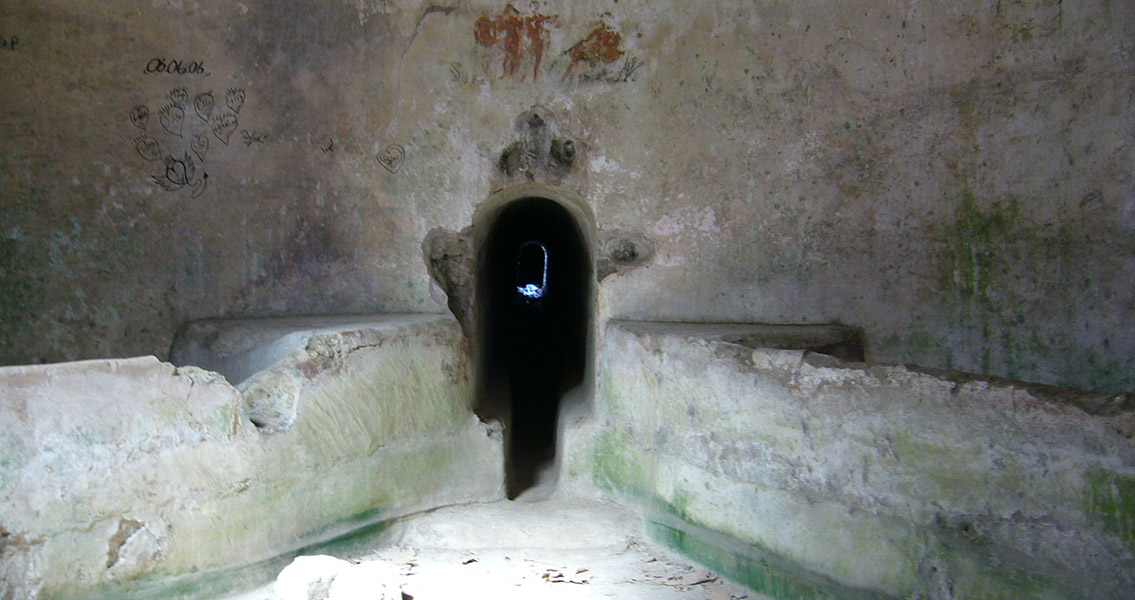<![CDATA[Nearly two millennia after the eruption of Vesuvius that demolished the neighboring cities of Herculaneum and Pompeii, the ancient history of Naples has been reconstructed thanks to ancient lead pollution levels. Archaeologists and historians have long wondered how Vesuvius and its cataclysmic eruption influenced Naples and other nearby settlements, especially when it comes to how the Aqua Augusta aqueduct, which was responsible for supplying the inhabitants of the region with fresh water, might have been affected by the event. New geochemical analyses have revealed that the eruption destroyed this hydraulic network in CE 79 – and that it was around fifteen years before it was rebuilt. A joint research study, involving scientists from the Universita' degli Studi di Napoli Federico II, the University of Southampton, the University of Glasgow, and the Université de Lyon, found that the lead within the aqueduct’s water pipes linked directly to sediment found in the underwater port of Old Naples dating from after the volcanic event. The six-meter thick sediment deposit the scientists examined, which had accumulated over the centuries, was made possible due to the construction of a new underground line. These deposits were exposed to geochemical analysis, revealing that the water within the port had been subject to lead contamination for the first six centuries CE as a result of the aqueduct, as the system’s water pipes were constructed primarily of lead. After a study of the combination of lead isotopes within the sediments, researchers were able to pinpoint events that took place as long as two thousand years in the past. There were two discrete lead isotopes identified in the study – one which dated to before Vesuvius erupted in 79 CE and one which was present only after the event. The ratio of isotopes proved that the aqueduct system that fed into the bay of Naples was demolished by Vesuvius and was rebuilt using led from different mines and quarries, which led to an abrupt change in the amount and type of lead found within the sediment around fifteen years after the eruption. This is evidence that Roman engineers were likely to have conducted repairs to the aqueduct and its pipes over this span of years. In addition to revealing how and when the Aqua Agusta aqueduct was repaired, the study also helped to reveal how the urban development of Naples proceeded from the first century through the fifth century CE. The ever-increasing presence of lead in the sediment record seems to indicate that the aqueduct system was expanded over this time. However, lead contamination apparently diminished from the fifth century onward, which could easily coincide with several events such as barbarian invasion and additional eruptions of Vesuvius that could have disrupted the aqueduct’s operation. This new technique of examining levels of lead pollution in the sedimentary layers of ancient ports is thought to provide additional opportunities to reconstruct regional histories and has the possibility to be applied to other areas and civilizations. The research study, which appears in the Proceedings of the National Academy of Sciences, can be found here]]>
Ancient Lead Pollution Reveals Ancient History of Naples
